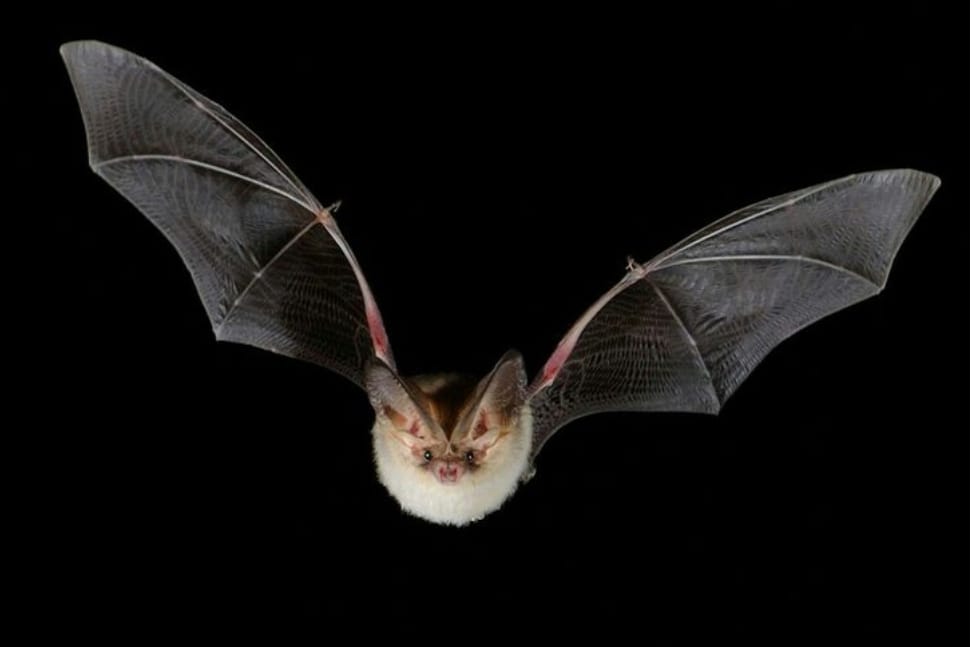The agriculture ministry told us off this week for being mean to bats. Here’s why we shouldn’t be
By Annette Chrysostomou
Contrary to common belief, bats are extremely useful and not at all dangerous the agriculture ministry said in an announcement this week as it urged the public to be kinder to the world’s only flying mammals.
“People believe that they eat blood, that they carry diseases, and that they get caught in hair, none of which is true,” said Haris Nicolaou, an expert on indigenous flora and fauna, who is a scientific advisor for the ministry. “They are not well informed and most are afraid.”
These erroneous believes are not limited to Cypriots, the agriculture ministry said.
“Very few animals in the world are as misunderstood as bats. Like foxes, in various myths, bats are portrayed as vicious animals that instill fear and death. This bias may be related to the fact that bats are mysterious animals – their night flight and their stay in dark caves make studying the species difficult. The fear and antipathy towards bats affect how we treat this particular animal, the only flying mammal on the planet.”
In truth, Nicolaou added, they are very useful for the environment. One bat can eat 3,000 insects during one night. This is obviously a great means of combatting mosquitoes and also good for agriculture, as crops are often attacked by various insects.
There are 19 different species in Cyprus, 18 of which feed on insects and one which eats fruit. This particular one, the Egyptian fruit bat, is one of the most important mammals in Cyprus, Nicolaou believes, as Cyprus is the only European country where it exists.
In the past the fruit-eating bats were common, but numbers have decreased in the last 15 years and there are now just 1,100.
The reason for their decline is that agriculture has largely been abandoned in Cyprus, and little overripe fruit – which is what they consume – to eat.
There is a decline in bats globally, as they are nowadays often disturbed in their caves by people whose activities encroach on their habitats.
The forestry department has had success in stemming some of this decline, by informing people that they are a protected species and perfectly harmless.
“In the past when people found them in their homes, they often killed them. But now more and more contact us and ask us to help remove them from their property without harming them,” Nicolaou explained.
The department also puts up bat boxes in abandoned houses and tunnels in the Paphos forest to create a habitat for the mammals.
The five widespread myths the ministry listed
Myth 1: Bats are dangerous to humans as they can attack them.
In fact, bats have a natural fear of humans and prefer to stay away from them. The widespread perception that they can get caught in our hair because they are blind is untenable, since bats have eyes and can see very well with them, and with sound tracking they can avoid even the slightest obstacles.
Myth 2: Bats are carriers of infectious diseases, which can be easily transmitted as they feed on blood.
Bats are not carriers of infectious diseases, nor do their faeces cause any disease. On the contrary, they are a first-rate fertiliser! In Europe there are no bats that feed on blood. There are only three such species that live in South America and feed on the blood of large animals.
Myth 3: Bats, like rodents, cause damage to human structures and property.
Bats have nothing to do with rodents, since they belong to an entirely different class, the Chiroptera. In fact, bats are genetically closer to humans than rodents! They do not chew wires and their teeth do not damage to human structures and property.
Myth 4: Bats have no environmental benefits.
On the contrary, bats play a key role in maintaining the balance of many ecosystems around the world. An insect bat can consume up to 3,000 insects in one night, contributing to the biological control of harmful insects. Fruit bats mainly feed on overripe fruits that are unfit for human consumption, as well as on nectar of flowers, helping to pollinate plants, disperse seeds and control harmful insects that infest overripe fruits.
Myth 5: Bats are not at risk because they are everywhere and in large numbers.
The fact is that bats are endangered globally and that is why all European bat species are protected by both European directives and conventions and national laws.
A mother bat and her puppy
Awesome facts about bats:
There are over 1,300 species of bats worldwide. Bats can be found on nearly every part of the planet except in extreme deserts and polar regions.
Without bats, say goodbye to bananas, avocados and mangoes. Over 300 species of fruit depend on bats for pollination. Bats help spread seeds for nuts, figs and cacao — the main ingredient in chocolate.
Bats are the only flying mammal. While the flying squirrel can only glide for short distances, bats are true fliers.
Bats may be small, but they’re fast little creatures. How fast a bat flies depends on the species, but they can reach speeds up to 100 miles per hour.
Like cats, bats clean themselves. Far from being dirty, bats spend a lot of time grooming themselves.
Dogs aren’t the only ones with pups. Baby bats are called pups, and a group of bats is a colony. Like other mammals, mother bats feed their pups breastmilk, not insects.
Bats only give birth to one baby per year.
Bats are inspiring medical marvels. About 80 medicines come from plants that rely on bats for their survival. While bats are not blind, studying how bats use echolocation has helped scientists develop navigational aids for the blind. Research on bats has also led to advances in vaccines.












